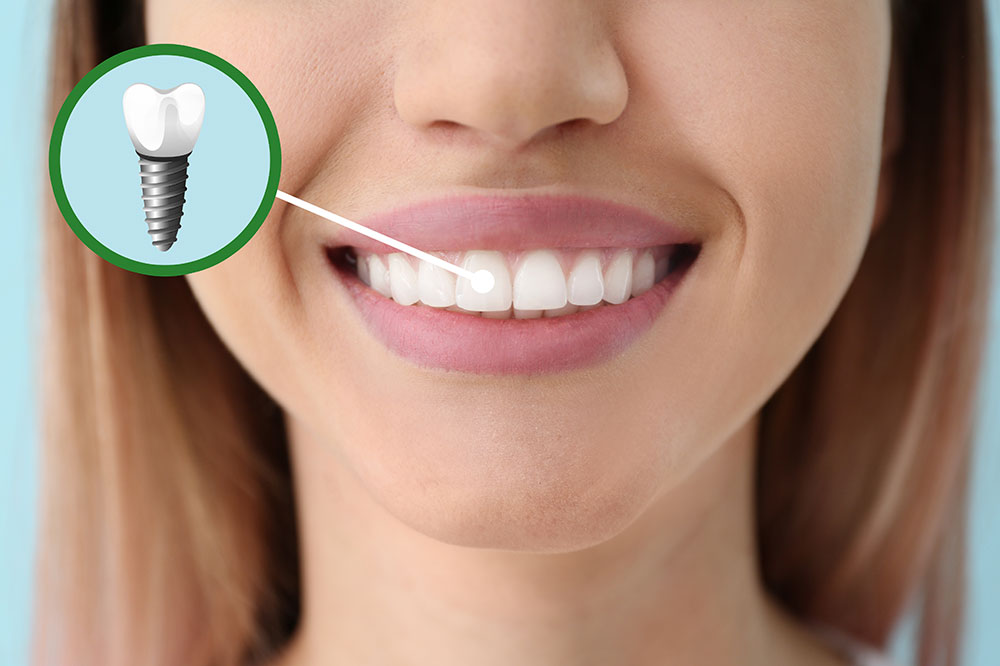Side-effects of Antidepressants and Their Management Options

Similar to most treatments, the use of antidepressants can also lead to numerous side effects. It can include things like increased appetite, nausea, indigestion and more. Some of these side effects might start improving after a few weeks of treatment. However, some patients might not see any improvement in case of side effects. In such patients, doctors can revise or change the treatment plan of the patients. Some commonly seen side effects of antidepressants are:
Nausea
Nausea is one of the initial side effects observed after one starts the use of antidepressants. It may or may not recede after the body has adjusted to the certain chemicals it is being fed. However, there are certain measures that can be taken to keep it under control. Eating well-proportioned and frequent meals along with the use of certain antacids can help. Increased intake of fluids is also an effective remedy.
Appetite enhancement
Patients often tend to experience an increase in their appetite following the use of antidepressants. Some treatment options are more likely to bring out this outcome as compared to the others. It is best to consult with medical care professionals about the side effects of the treatment method that is being employed. In case of increased appetite due to the use of antidepressants, it is ideal to decrease the intake of sugar and sugary foods. Increase the intake of fibrous and low-calorie foods like vegetables and fruits. Increasing one’s physical activity and improving lifestyle habits are also proven to be beneficial in such situations.
Fatigue
Fatigue is a common outcome in patients experiencing depression and also the ones that are undergoing treatment for the same. It is especially prevalent during the earlier weeks of treatment. To overcome this side effect, patients are advised to participate in physical activities like swimming, walking, and/or lighter options like yoga. It is also advisable to keep away from operating heavy machines, including driving vehicles, during this time.
Insomnia
The use of antidepressants increases the chances of developing insomnia in patients. This means they experience difficulty either falling asleep or staying asleep. To avoid this, doctors might advise the patients to incorporate their treatment in the morning. Indulging in physical activity a considerable number of hours before bedtime may also help improve sleep quality. Avoiding beverages that contain caffeine in any amount also proves effective.
Dry mouth
People being treated for depression tend to develop a dry mouth. It is one of the side effects of antidepressants that cannot be avoided but can be managed with the application of various tips and home remedies. For example, sucking on ice cubes can help prevent drying of the mouth. So you can chew or suck on sugarless candies or gums. Practices like regular brushing, flossing, and keeping up with dental appointments are also recommended.
Compromised oral health
Just like it causes dry mouth, prolonged use of antidepressants can also lead to dental cavities and decaying of teeth. Adapting proper oral care and keeping regular appointments with the dentist can be helpful. Religiously brushing teeth at least twice a day and flossing can go a long way in maintaining oral and dental hygiene.
Constipation
Tricyclic antidepressants are the type of depression treatment option that most commonly lead to the development of constipation in patients. They tend to interfere with the patient’s normal digestion and other bodily systems. However, this side effect is not just limited to this type of depression treatment. It is considered that frequently sipping on the water can help manage the condition better. Inculcating more fibrous vegetables and fruits in meals is also helpful. In patients with severe constipation, supplements can also be used.
Anxiety
Some antidepressants can lead to side effects like anxiety and restlessness. This can result in decreased rest in patients despite their needs. To combat the shortcomings that arise from these side effects, it is advised that patients regularly participate in physical activities like walking, jogging, yoga, or biking. It is also crucial to consult with doctors and health care professionals to discuss the adjustments that can be made to the treatment plan.
Dizziness
Certain antidepressants can increase the patient’s risk of experiencing dizziness as opposed to others. The dizziness is a result of low blood pressure that develops due to the ongoing treatment. To manage this symptom, patients are advised to avoid sudden and speedy movements. Walking with the help of canes, handrails, or with the support of another person is also recommended. Increased intake of fluids, excluding caffeinated beverages, is advisable. It is also safer for these patients to avoid the use of heavy machinery.
Hyponatremia
Hyponatremia is a condition which is caused due to low sodium levels. It is a common side effect of the use of antidepressants in elderly patients. This can lead to fluid retention in patients. Patients with mild hyponatremia experience confusion, low appetite, muscle pains, headaches, and sickness. On the other hand, patients with severe hyponatremia experience symptoms like disorientation, seizures, agitation, psychosis, and listlessness. It can be treated with the use of sodium drips and supplements.
Reduced alertness
Patients being treated for depression experience reduced alertness and the inability to concentrate. It can impact the person’s ability to execute activities that require the use of certain skills, like driving.
Gastrointestinal bleeding
Gastrointestinal bleeding is a rare yet possible side effect in people being treated with antidepressants. The risk of developing this side effect is more prominent in older patients. Doctors may be able to revise treatment plans or incorporate other treatment options to help with the bleeding.
Diabetes
People who have been on prolonged antidepressant treatment are at a greater risk of developing diabetes. People that are above the age of 30 years are statistically more prone to developing diabetes as a result of depression treatment.






